Dr. P .S. Ramanathan Advanced Instrumentation Centre
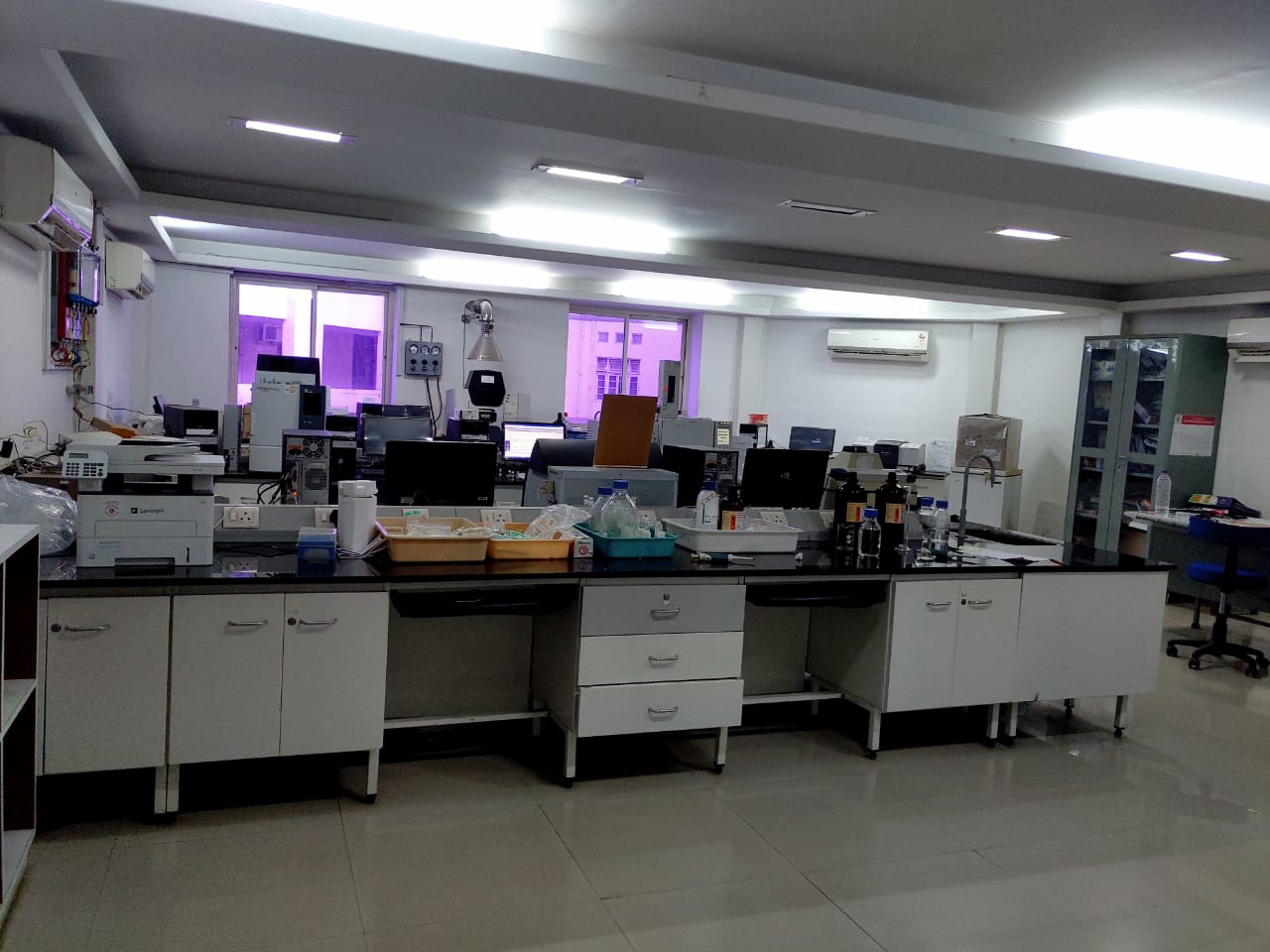
LABORATORY PROFILE
Dr. P. S. Ramanathan Advanced Instrumentation Centre (PSRAIC), was set up at Ramnarain Ruia Autonomous College in the year 2011, is a brain child of Late Dr. P. S. Ramanathan, a distinguished analytical chemist and director –Corporate Analytical Operations, Gharda Chemicals with the support of the Shimadzu (India) Pvt. Ltd. and Gharda Chemicals. As was visualized by Dr. Ramanathan, the centre equipped with state-of-the-art infrastructure, is of immense help to students, teachers and industry, enabling all to stay in touch with contemporary developments in analytical sciences and instrumentation.
The laboratory is professionally designed, so as to provide pleasing, comfortable and safe working environment for students ,scholers and industry professionals. In order to provide reliable & unbiased analytical services to the industry now we will accept samples from all the Manufacturing Industry,R & D centres,Academic Institution,National Labs,Exportrs,Importers,Traders for following services.
- Instrumental Analysis
- Analytical Method Development & Validation Studies
- Fatty Acid profiling
- Residual Pesticide Testing
- Identification of unknown compounds by GCMS
- Vitamins & Mineral profiling.
- Polymer Testing(Thermal Analysis)
- Herbal Testing by HPTLC
- Perfumery compounds analysis
- PO4 & Sulphur evaluation by FPD detector in gases.
- Wet Chemical analysis
State of the Art Instrumentation Available
- UFLC-Ultra fast liquid chromatograph with autosampler
- HPLC- High pressure liquid chromatograph -isocratic
- GC-MS- Gas liquid chromatograph with MS
- GC- Gas chromatograph with FID & FPD
- FTIR –DRS
- AAS-Atomic Absorption Spectrophotometer
- DSC-Differential Scanning Calorimeter
- HPTLC- High Performance Thin Layer Chromatography
- UV-Visible Spectrophotometer
Services Offered
1. HPLC :
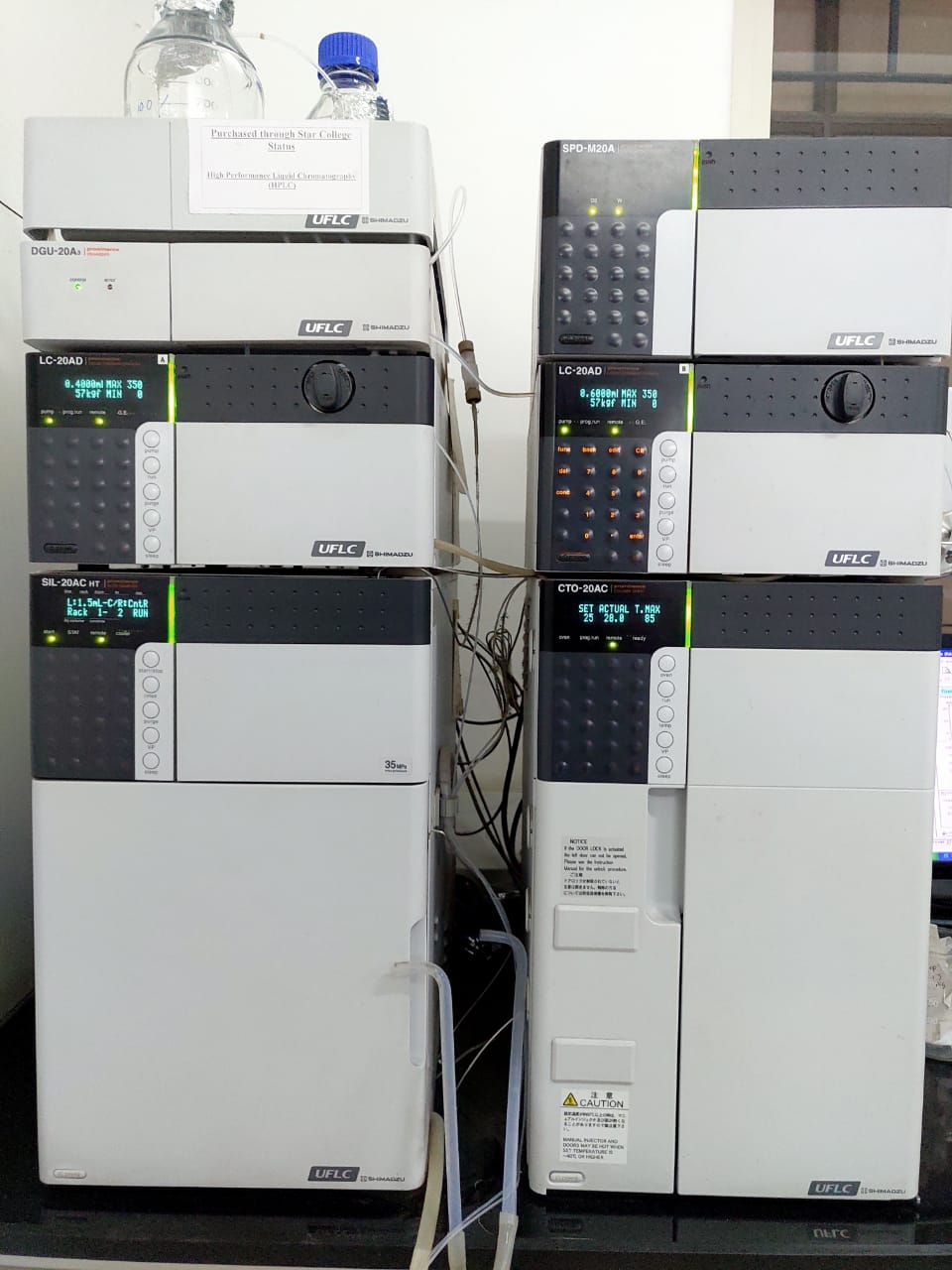
High-performance liquid chromatography (HPLC) has been widely used for years as an analytical method and is a key tool for the separation and analysis of pharmaceutical drugs, for drug monitoring and for quality assurance and life science research. HPLC is commonly used for the Separation and analysis of non-volatile compounds
1) Impurities profiling
2) Analytical Method Development & Validation Studies
3) Detection of trace components
4) Analysis of Active pharmaceutical ingredients
5) Detection of phytoconstituents present in plant extracts
2. HPTLC :
HPTLC offers identification as well as qualitative and quantitative analysis for substance.
1) Analytical Method Development & Validation Studies
2) Detection of phytoconstituents present in plant extracts
3) Herbal Testing by HPTLC
3. GC :
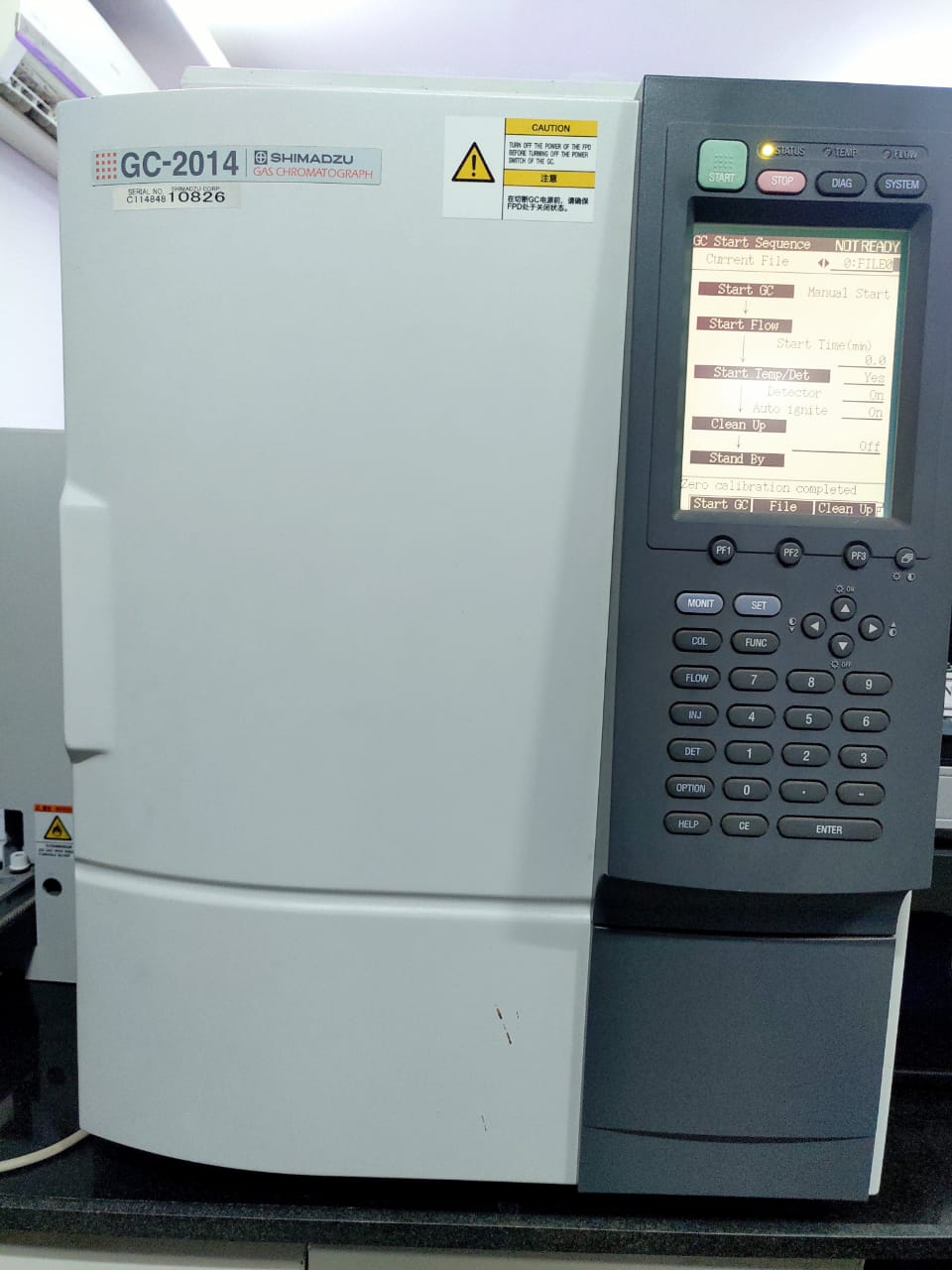
Gas chromatography is usually used to separate and measure organic molecules and gases. For the technique to function, the components being analyzed must be volatile, be thermally stable, and have a molecular weight of below 1250 Da.
1) Analytical Method Development & Validation Studies
2) Analysis of food additives
3) Components of flavor and aroma
4) Quality control
4. GCMS :
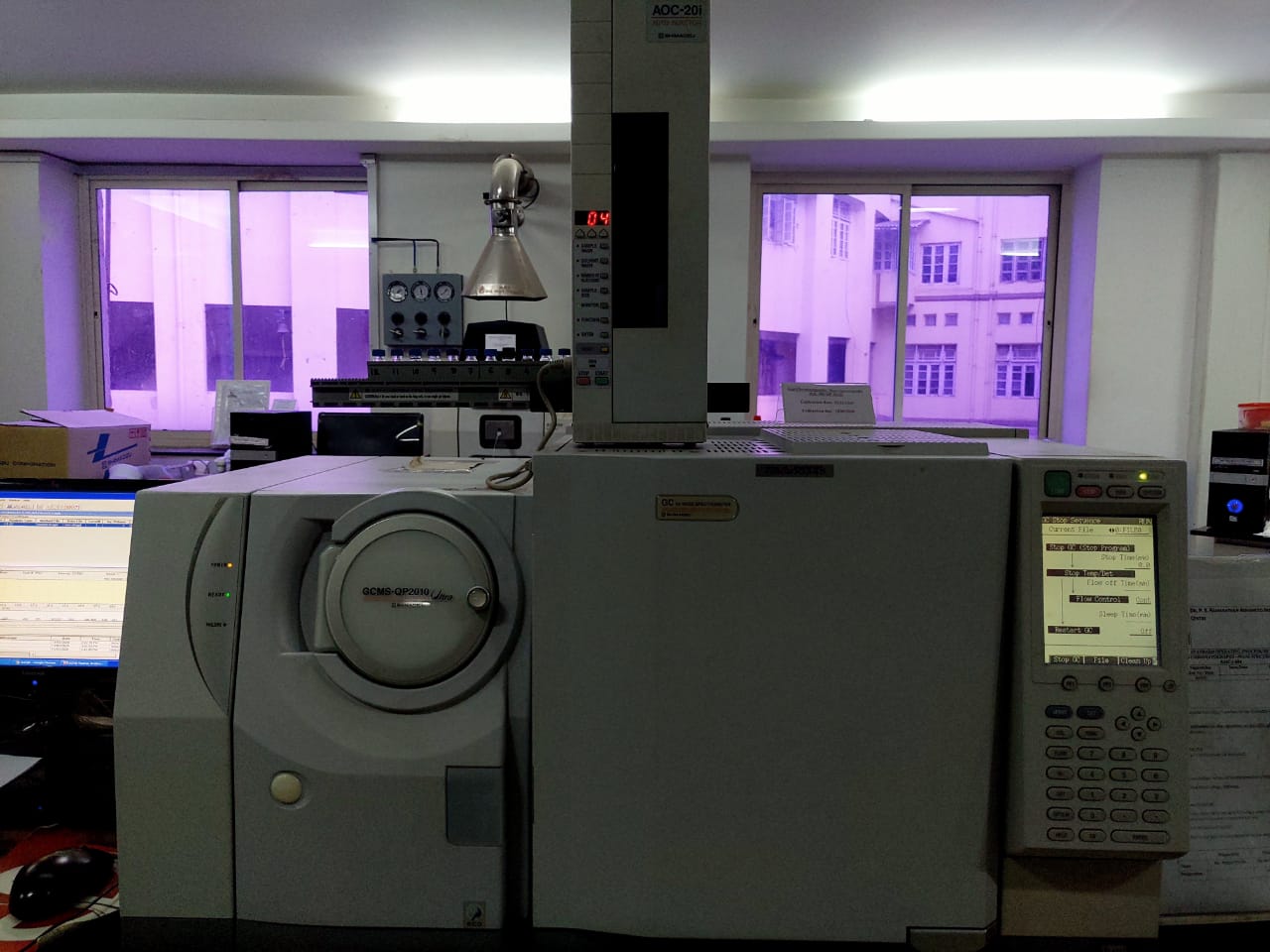
Gas chromatography–mass spectrometry (GC-MS) is a hybrid analytical technique that couples the separation capabilities of GC with the detection properties of MS to provide a higher efficiency of sample analyses. While GC can separate volatile components in a sample, MS helps fragment the components and identify them on the basis of their mass.
1) Identification of unknown compounds by GCMS
2) Perfumery compounds analysis
3) Analytical Method Development & Validation Studies
4) Fatty Acid profiling
5) Analysis of compounds like esters, fatty acids, alcohols, aldehydes, terpenes etc
6) Identification of the chemical composition of essential oils
5. Differential scanning calorimetry (DSC)
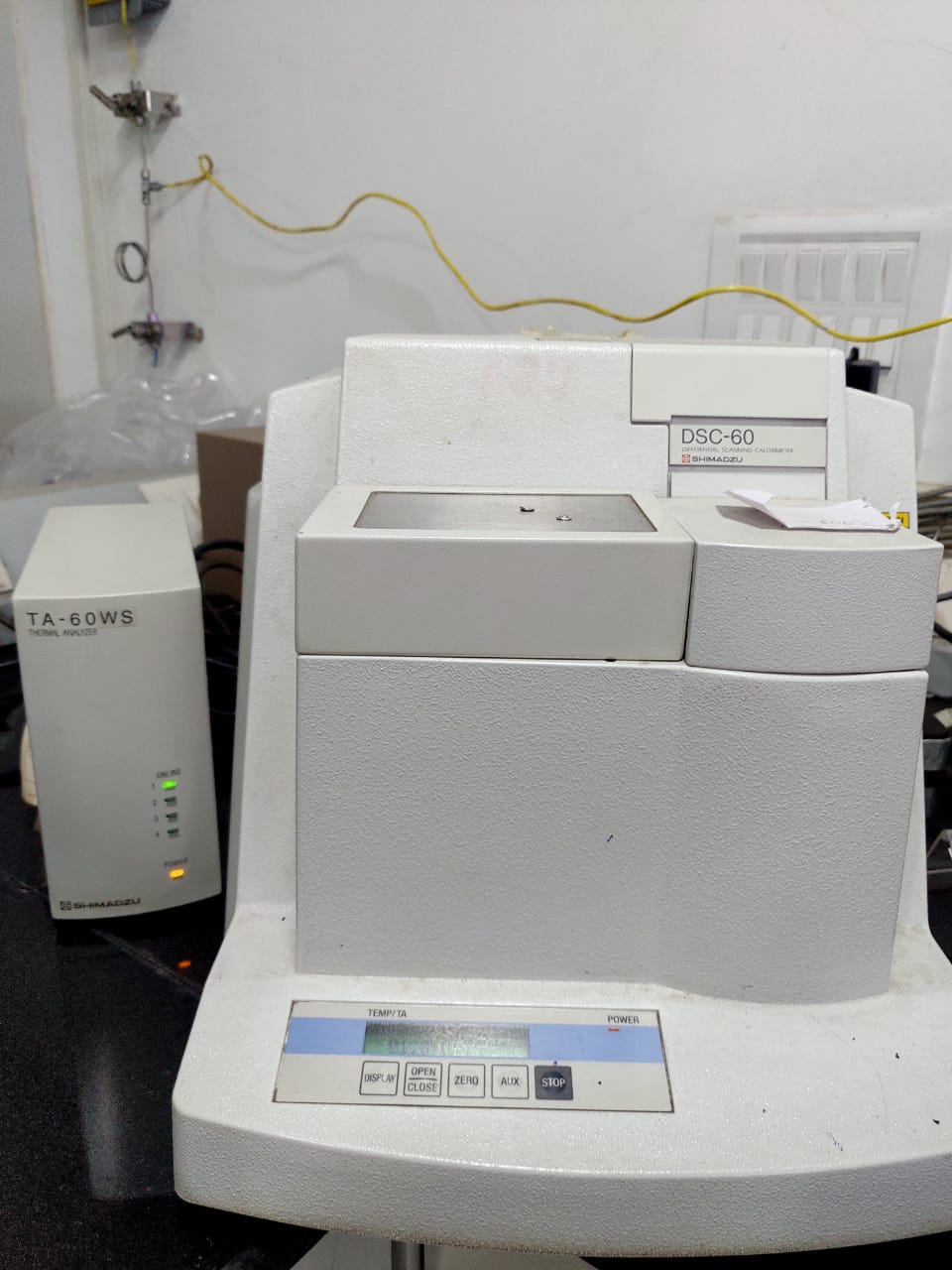
Differential scanning calorimetry (DSC) is the most frequently used thermal analysis technique. DSC is used to measure enthalpy changes due to changes in the physical and chemical properties of a material as a function of temperature or time. The method allows you to identify and characterize materials. Differential scanning calorimetry is fast, very sensitive and easy to use.
1) Identification of neat basic polymers
2) Determination of their purity and stability
3) To determine a first-order transition (melting)
4) To determine second order endothermic transition (glass transition)
5) Analysis of HDPE,PP
6. UV/Vis spectroscopy

UV/Vis spectroscopy is routinely used in analytical chemistry for the quantitative determination of different analytes, such as transition metal ions, highly conjugated organic compounds, and biological macromolecules. Spectroscopic analysis is commonly carried out in solutions but solids may also be studied.Use for the quantitative determination of different analytes ( such as transition metal ions, highly conjugated organic compounds, and biological macromolecules.)
1) Pharmaceutical Research
2) Quality control
3) To calculate maximum wavelength
4) Purity check
7. Atomic absorption spectroscopy (AAS)
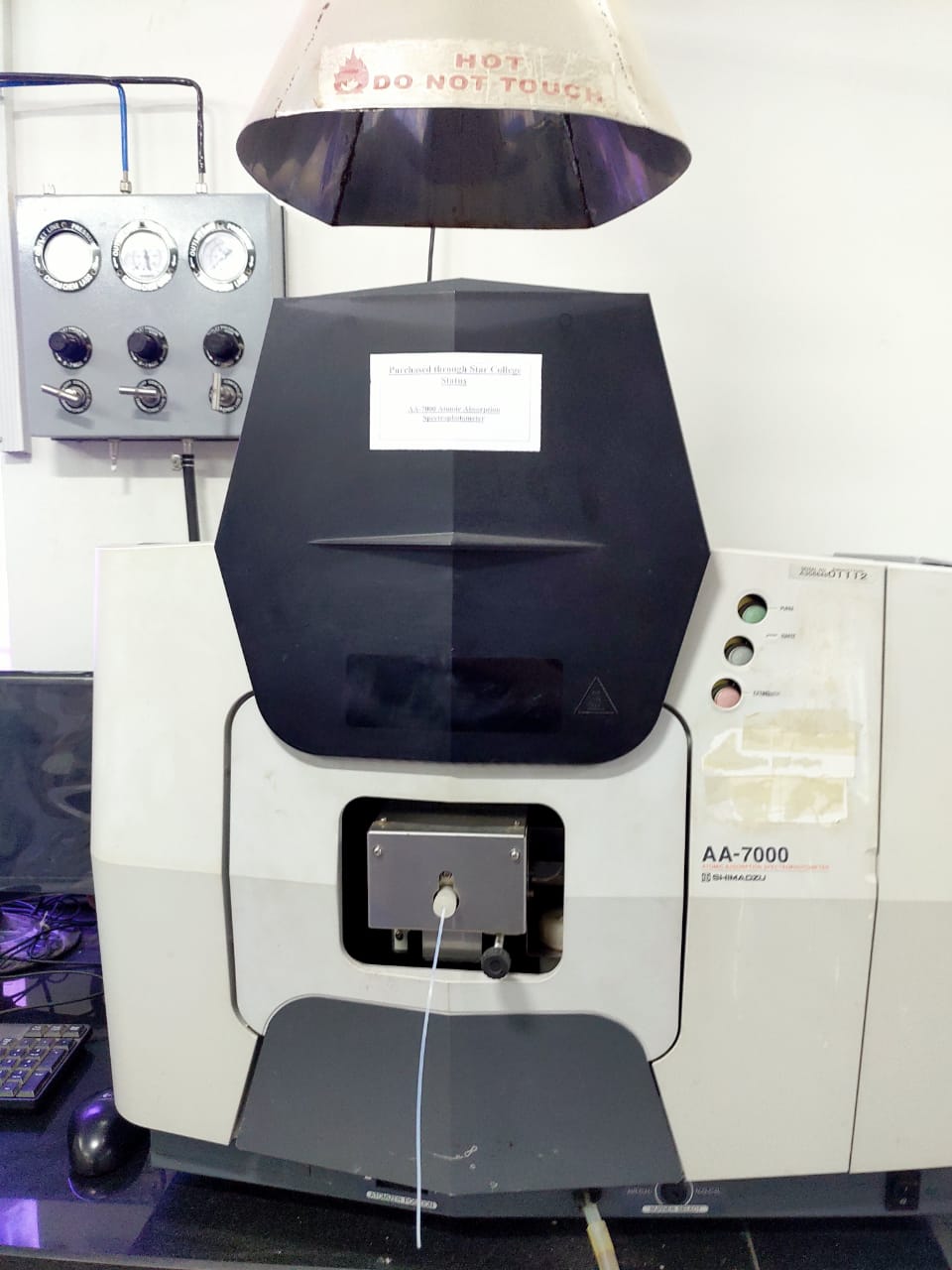
Atomic absorption spectroscopy (AAS) is a spectroanalytical procedure for the qualitative and quantitative determination of chemical elements using the absorption of optical radiation (light) by free atoms in the gaseous state.
1) Qualitative and Quantitative identification of metal concentrations in solution (metals like Cu,Cd,Mn,Fe and Cr)
2) Monitoring of trace metals in industrial effluent streams
3) Analysis of low-level contaminants
8. FTIR spectroscopy
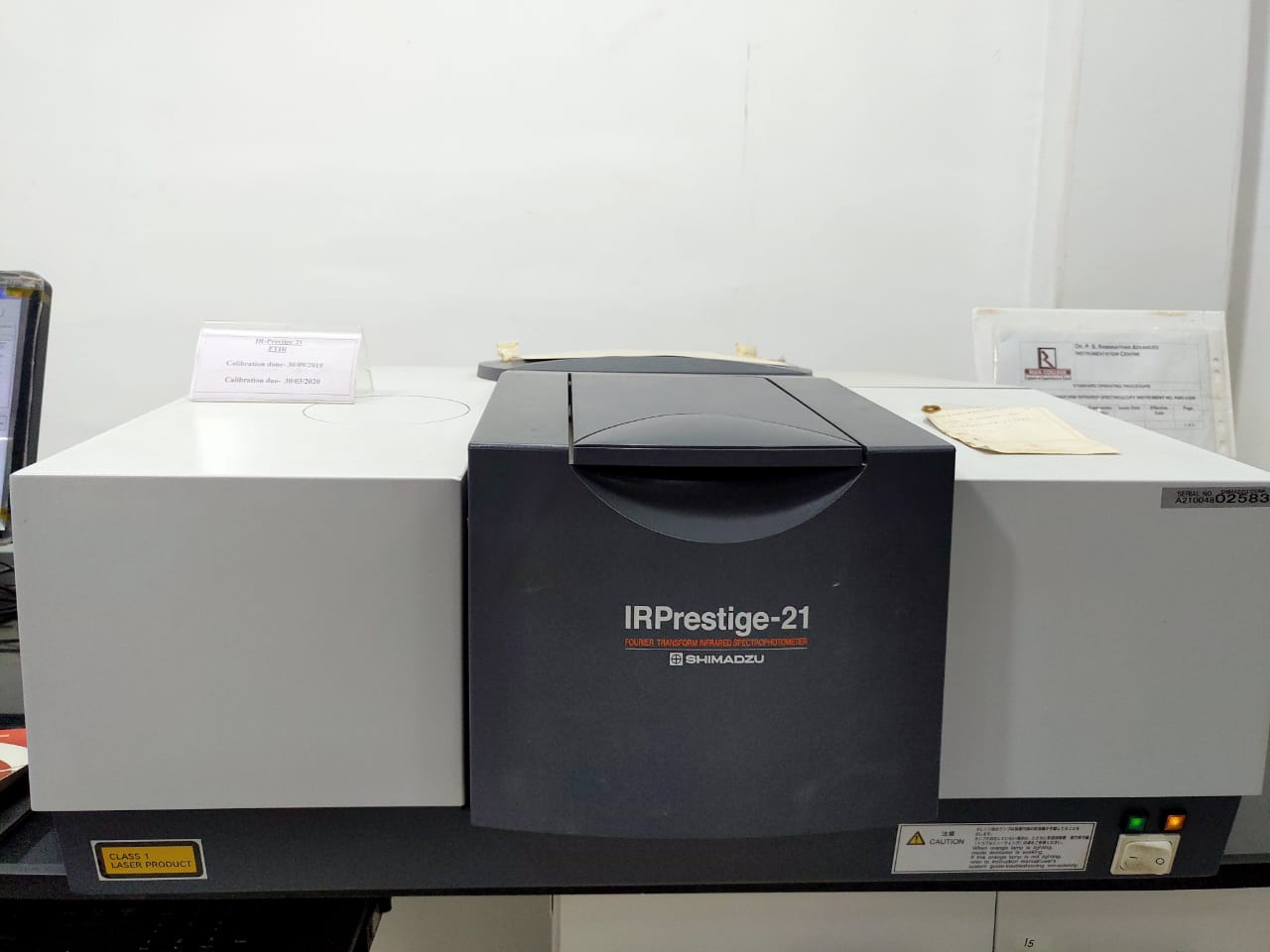
FTIR spectroscopy is used to quickly and definitively identify compounds
1) The identification of unknown compounds
2) To analyze thin films and coatings
3) Contaminant identification—bulk and surface
Training Courses & Workshops Conducted
- Workshop on Spectrophotometric and Chromatographic techniques Duration- 6days
- Certificate Course in Industrial Analytical techniques Duration- 3/6months
- Personalized Hands on Training on Analytical Instruments Duration- 3days per instrument
- Advanced Training on HPLC/GC/GC-MS Duration- 3 days
For Further Details Contact: [email protected]
Services Offered
1. HPLC :
High-performance liquid chromatography (HPLC) has been widely used for years as an analytical method and is a key tool for the separation and analysis of pharmaceutical drugs, for drug monitoring and for quality assurance and life science research. HPLC is commonly used for the Separation and analysis of non-volatile compounds
1) Impurities profiling
2) Analytical Method Development & Validation Studies
3) Detection of trace components
4) Analysis of Active pharmaceutical ingredients
5) Detection of phytoconstituents present in plant extracts
2. HPTLC :
HPTLC offers identification as well as qualitative and quantitative analysis for substance.
1) Analytical Method Development & Validation Studies
2) Detection of phytoconstituents present in plant extracts
3) Herbal Testing by HPTLC
3. GC :
Gas chromatography is usually used to separate and measure organic molecules and gases. For the technique to function, the components being analyzed must be volatile, be thermally stable, and have a molecular weight of below 1250 Da.
1) Analytical Method Development & Validation Studies
2) Analysis of food additives
3) Components of flavor and aroma
4) Quality control
4. GCMS :
Gas chromatography–mass spectrometry (GC-MS) is a hybrid analytical technique that couples the separation capabilities of GC with the detection properties of MS to provide a higher efficiency of sample analyses. While GC can separate volatile components in a sample, MS helps fragment the components and identify them on the basis of their mass.
1) Identification of unknown compounds by GCMS
2) Perfumery compounds analysis
3) Analytical Method Development & Validation Studies
4) Fatty Acid profiling
5) Analysis of compounds like esters, fatty acids, alcohols, aldehydes, terpenes etc
6) Identification of the chemical composition of essential oils
5. Differential scanning calorimetry (DSC)
Differential scanning calorimetry (DSC) is the most frequently used thermal analysis technique. DSC is used to measure enthalpy changes due to changes in the physical and chemical properties of a material as a function of temperature or time. The method allows you to identify and characterize materials. Differential scanning calorimetry is fast, very sensitive and easy to use.
1) Identification of neat basic polymers
2) Determination of their purity and stability
3) To determine a first-order transition (melting)
4) To determine second order endothermic transition (glass transition)
5) Analysis of HDPE,PP
6. UV/Vis spectroscopy
UV/Vis spectroscopy is routinely used in analytical chemistry for the quantitative determination of different analytes, such as transition metal ions, highly conjugated organic compounds, and biological macromolecules. Spectroscopic analysis is commonly carried out in solutions but solids may also be studied.Use for the quantitative determination of different analytes ( such as transition metal ions, highly conjugated organic compounds, and biological macromolecules.)
1) Pharmaceutical Research
2) Quality control
3) To calculate maximum wavelength
4) Purity check
7. Atomic absorption spectroscopy (AAS)
Atomic absorption spectroscopy (AAS) is a spectroanalytical procedure for the qualitative and quantitative determination of chemical elements using the absorption of optical radiation (light) by free atoms in the gaseous state.
1) Qualitative and Quantitative identification of metal concentrations in solution (metals like Cu,Cd,Mn,Fe and Cr)
2) Monitoring of trace metals in industrial effluent streams
3) Analysis of low-level contaminants
8. FTIR spectroscopy
FTIR spectroscopy is used to quickly and definitively identify compounds
1) The identification of unknown compounds
2) To analyze thin films and coatings
3) Contaminant identification—bulk and surface